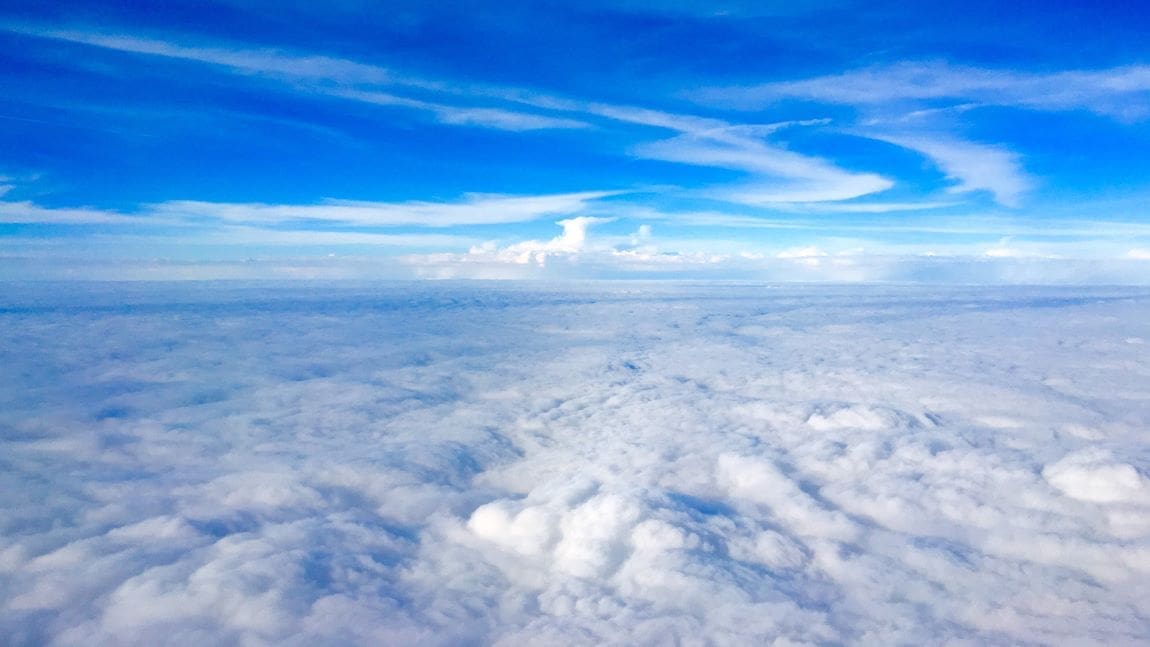Recent developments in the monitoring of tropospheric ozone, a critical component in the formation of smog, show promising advancements, according to a study led by researchers from the Chinese Academy of Sciences (CAS). The international team published their findings in the Journal of Remote Sensing, offering a comprehensive assessment of current monitoring techniques and outlining future directions for improvement.
Tropospheric ozone, which constitutes approximately 10% of the atmospheric ozone, is primarily formed through reactions involving nitrogen oxides and volatile organic compounds – byproducts of human activities such as the combustion of fossil fuels. This form of ozone is particularly significant as it contributes to air pollution and has been linked to respiratory diseases, akin to the effects of particulate matter 2.5 (PM2.5).
To monitor tropospheric ozone, scientists employ both direct measurements and remote sensing techniques. Direct measurements, while accurate, are limited in their ability to provide a full picture of atmospheric conditions. Remote sensing, which involves the use of sensors on satellites, airplanes, or weather balloons, allows for broader coverage and has become the preferred method for monitoring ozone levels globally.
“We reviewed the current observation techniques and retrieval algorithms, analyzed their development trend and identified areas needing improvement,” said Jian Xu, a professor at CAS’s National Space Science Center and co-corresponding author of the study. Xu emphasized the need for more accurate remote sensing technologies to improve the monitoring of tropospheric ozone from space.
The researchers noted that recent advancements in satellite observation techniques and data retrieval algorithms have significantly enhanced the accuracy and spatial resolution of ozone measurements. Husi Letu, a professor at the Aerospace Information Research Institute, CAS, and co-corresponding author, highlighted the importance of these improvements, stating, “these developments are essential for better air quality management and effective pollution control, highlighting the importance of continued innovation in this field.”
Looking ahead, the researchers recommended refining combined active and passive sensing methods and integrating physics-based and machine learning algorithms for data retrieval. These approaches could further enhance the precision and reliability of tropospheric ozone monitoring.
***
The study was a collaborative effort involving multiple institutions, including the National Space Science Center and the Aerospace Information Research Institute at CAS, the University of CAS, the National Satellite Meteorological Center of the China Meteorological Administration, and the University of Edinburgh.
The research received support from several sources, including the National Natural Science Foundation of China, the Open Fund of Innovation Center for FengYun Meteorological Satellite, FengYun Application Pioneering Project, and the National Civilian Space Infrastructure Project.
Journal Reference:
Jian Xu, Zhuo Zhang, Lanlan Rao, Yapeng Wang, Husi Letu, Chong Shi, Gegen Tana, Wenyu Wang, Songyan Zhu, Shuanghui Liu, et al. ‘Remote Sensing of Tropospheric Ozone from Space: Progress and Challenges’, Journal of Remote Sensing 4:0178 (2024). DOI:10.34133/remotesensing.0178
Article Source:
Press Release/Material by Journal of Remote Sensing
Featured image credit: wirestock | Freepik




